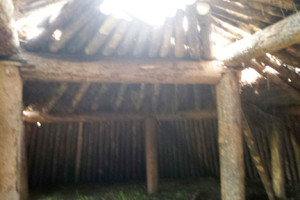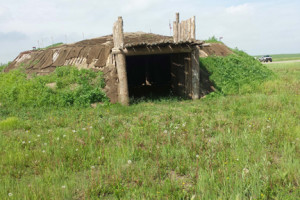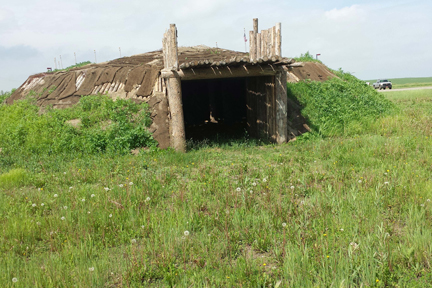On a recent asset management inspection trip to the Fort Berthold Indian Reservation in North Dakota, Bruce Nagel, tax credit manager for the Fort Berthold Housing Authority, offered a tour of the Low Income Housing Tax Credit (LIHTC) projects and an earth lodge located in the White Shield community.
I had never toured an earth lodge and was very excited for this unique opportunity to see one up close and inside. An earth lodge is built into the ground and is covered with earth — clay, mud, grass and/or dirt. Most are circular and have a dome-like roof and a central smoke hole at the top of the dome.
It was surprisingly sturdy and was fascinating to see. I was impressed that this structure was built without modern-day technology and is able to withstand the elements.
Earth lodges were built by the tribes of the Plains, including the Hidatsa, Mandan, and Arikara Nation. On the tour, Bruce told us that one or more extended families would occupy the earthlodges, some of which could house up to 60 people. Villages generally consisted of at least a dozen earthlodges, and in many cases, more than 100. For some tribes, the lodges held important symbolic religious, astronomical, and social significance. Lodges also had sacred symbolism attached to them, and special earth lodges were reserved for ceremonial activities.
If you are interested in touring an earth lodge, check out the Three Affiliated Tribes’ tourism department website and its Earth Lodge Village, located west of New Town, N.D. The village includes six family-sized lodges and the largest ceremonial lodge in the world. Tourists can stay overnight in a lodge or tipi, learn about traditional gardening, and take cultural tours, among other activities.
I really enjoyed my opportunity to tour and learn about earth lodges. Here are two photos of the structure – inside and out.




